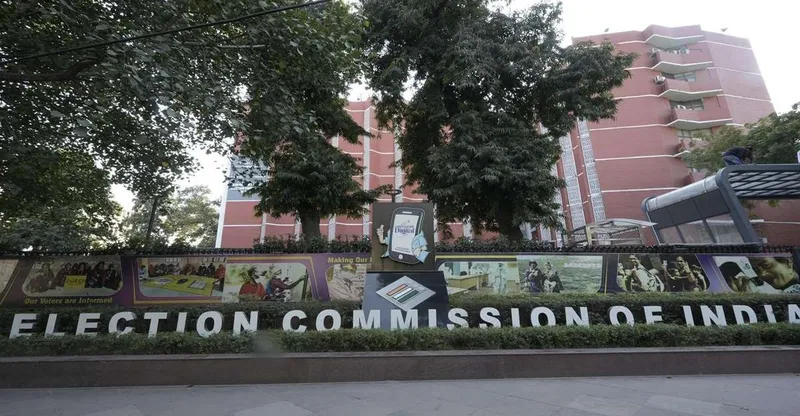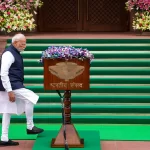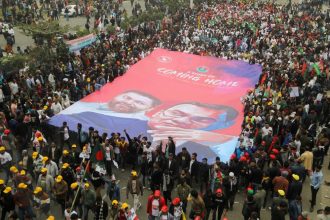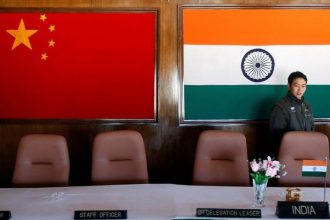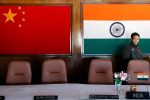New Delhi, July 23 — The Election Commission of India (ECI) has formally initiated the process to elect the country’s next Vice President, following the resignation of Jagdeep Dhankhar, who stepped down citing health concerns.
In a heartfelt move, Dhankhar submitted his resignation to President Droupadi Murmu on July 21. The Ministry of Home Affairs later confirmed the resignation through an official Gazette notification dated July 22, 2025.
Now, with the Vice President’s seat vacant, the Election Commission is stepping in to fulfill its constitutional duty. “As per Article 324 of the Constitution, the ECI is mandated to conduct the election for the office of the Vice President of India,” the Commission noted in its statement.
The election process is not new to the ECI. Governed by the Presidential and Vice-Presidential Elections Act of 1952 and the corresponding 1974 rules, the procedure is structured yet intense. Behind the scenes, preparations are already underway.
From compiling the Electoral College—which includes both elected and nominated members of the Rajya Sabha and Lok Sabha—to appointing the Returning Officers, and compiling historical data on past elections, the Commission is moving quickly.
Until a new Vice President is elected, the Deputy Chairman of the Rajya Sabha will temporarily manage parliamentary responsibilities. However, this arrangement is purely procedural and does not confer the official title or broader powers of the Vice President.
Experts point out that the Constitution requires this vacancy to be filled “as soon as possible,” usually within six months. The new Vice President, once chosen, will begin a full five-year term, independent of the previous tenure.
This moment marks more than a political shift; it is a reminder of the fragility of leadership and the steady machinery of democracy that ensures continuity—even in times of transition.
